Since many students wondered what was happening to the trout's food sources, we agreed to examine food in the first place. Looking at various food labels, students agreed on the following: that all foods contain some kind of protein, fat, or carbohydrate to give us energy and help us grow and repair our bodies. Since trout are living organisms, too, they must also need various combinations of these substances. We also figured out that there must be a way to test what substances are in our foods, so next week we'll be doing a bunch of chemical tests to figure out just that!
|
As sixth graders dig deeper into understanding the phenomena of a changing population of organisms, our problem hit close to home as the organism we'll be studying is local to Lake Michigan, which is literally blocks away from our school. Students quickly saw that Lake Michigan is connected to a vast number of other waterways, and its changing population over decades can possibly be caused by many factors. We'll be asking lots of questions as they relate to food availability, reproduction rates, environmental changes, and other organisms that are connected to the trout.
To kick off our biology unit focusing on the fluctuations in a population of organisms, we hit the field by looking for interactions between living things in their environment right in our school's garden. We took some time to look for living things, and acknowledged that the work of biologists is often slow and time-consuming, as we look at the subtle things that mother nature has to offer. We'll be using the ideas behind what interactions reveal to us to help us uncover what organisms need for survival. Check back as we begin our driving question board next!
|
Lake MichiganI love that this unit hits so close to home with the Great Lakes! ArchivesCategories |

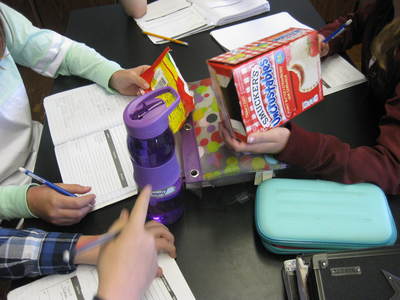
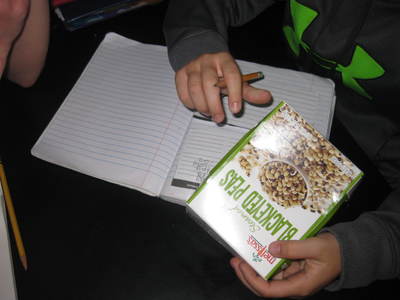
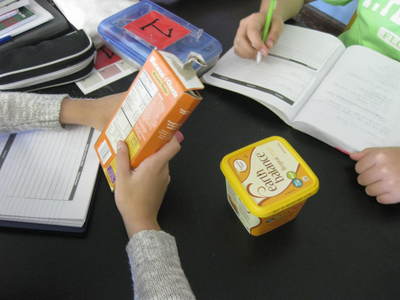
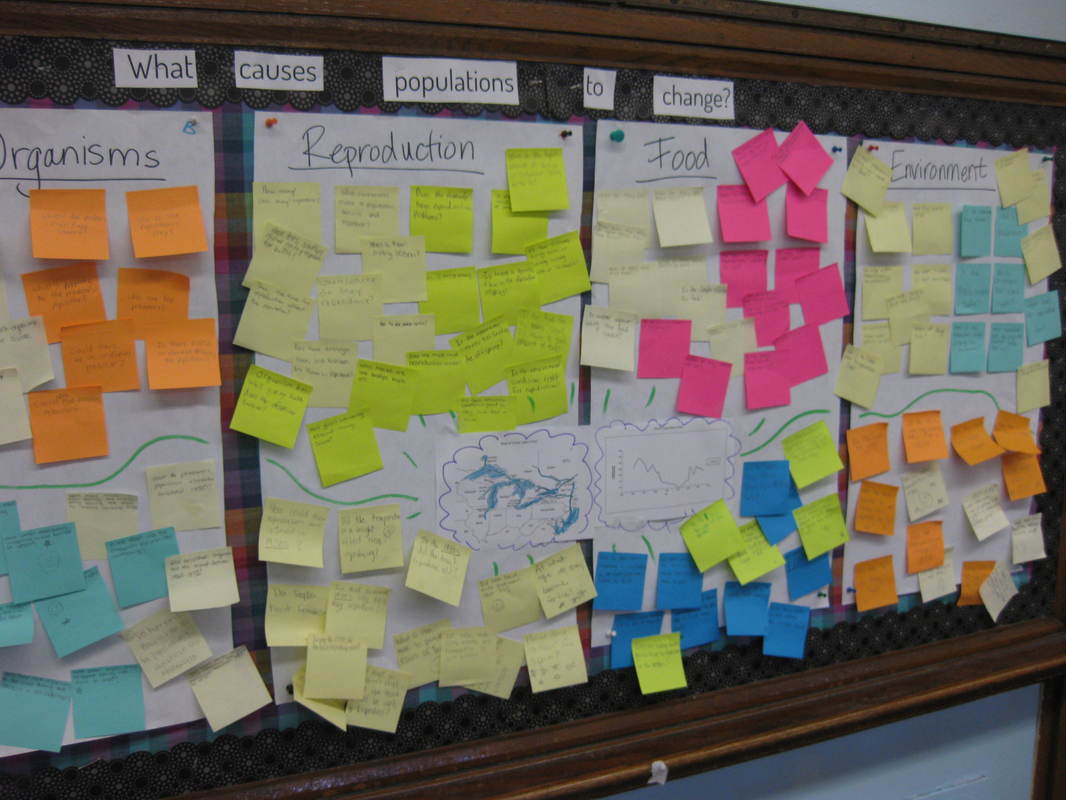

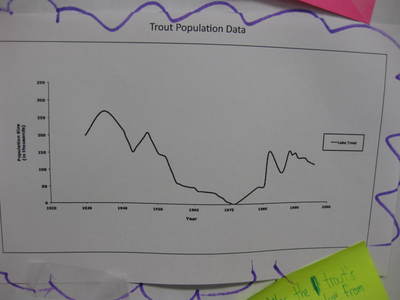
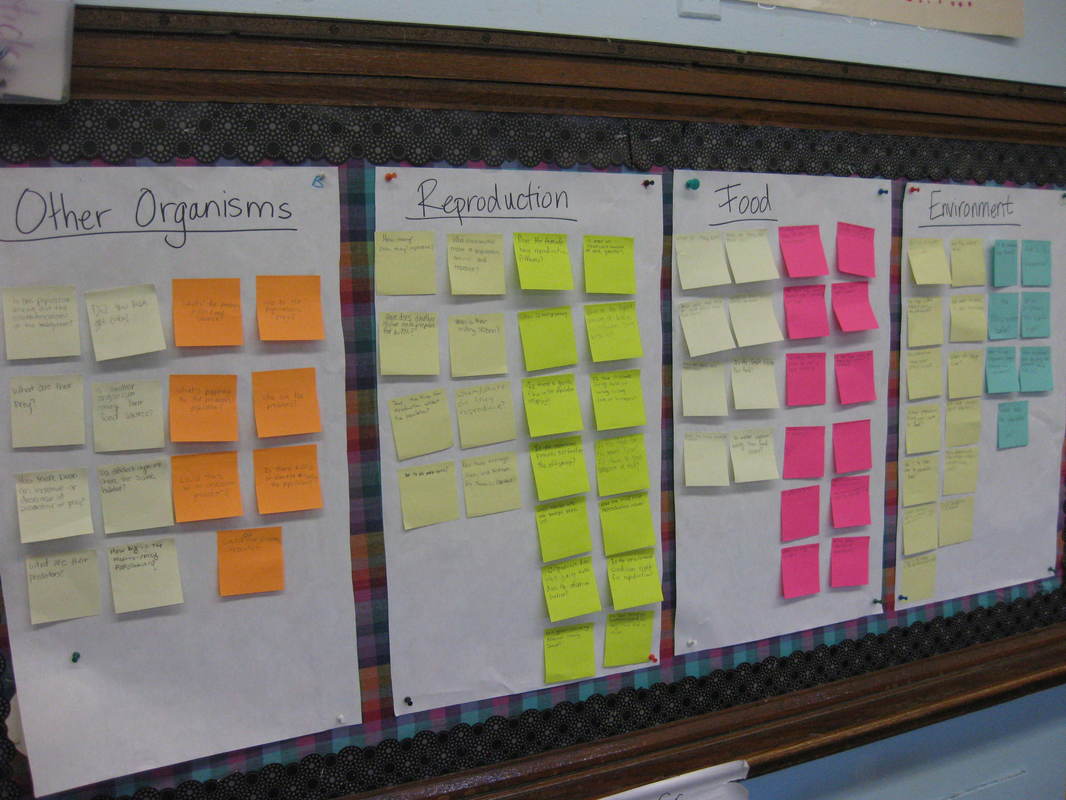

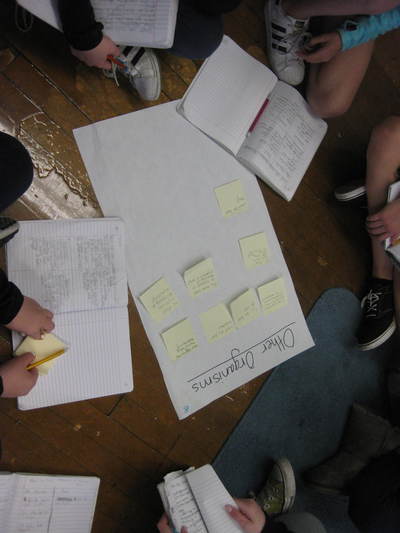
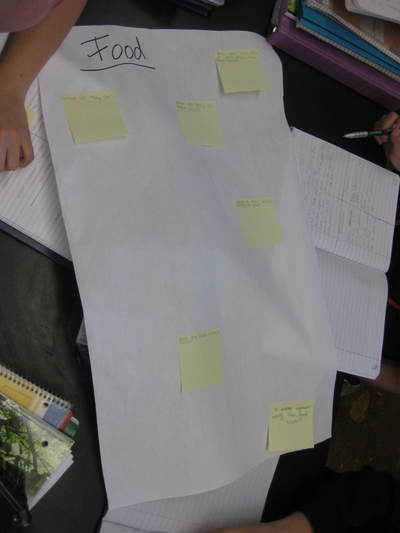
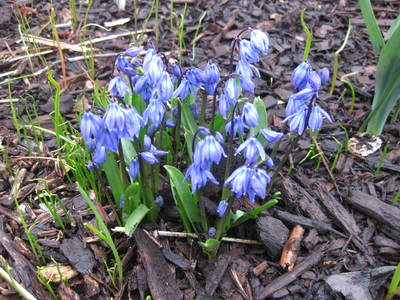
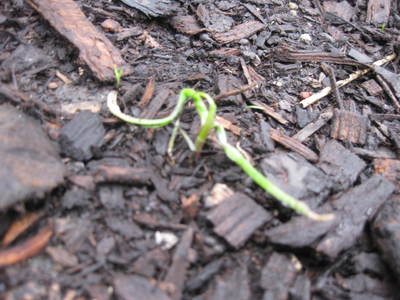
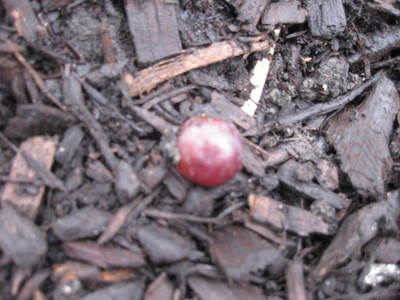
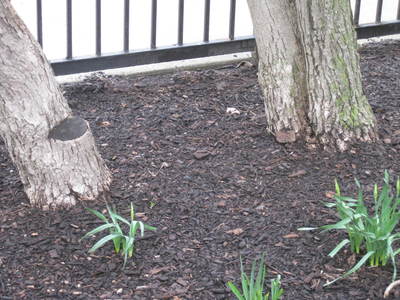

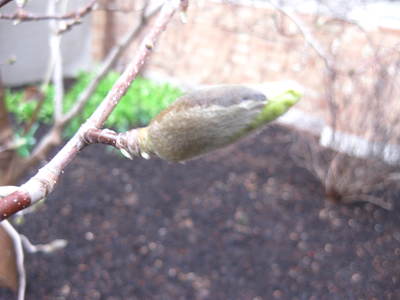
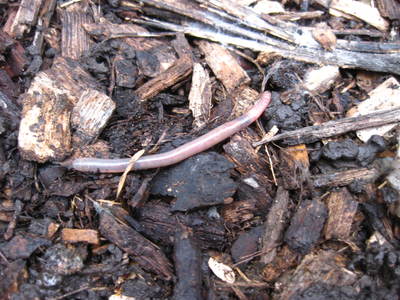
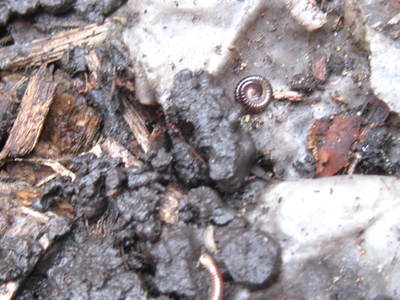
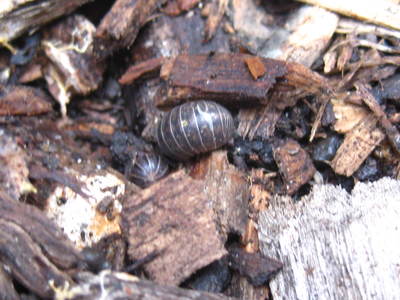
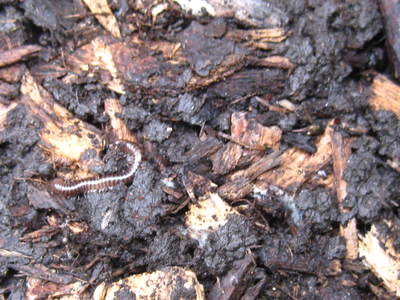
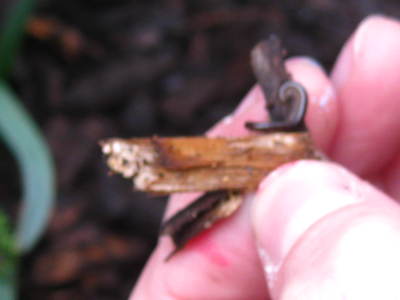
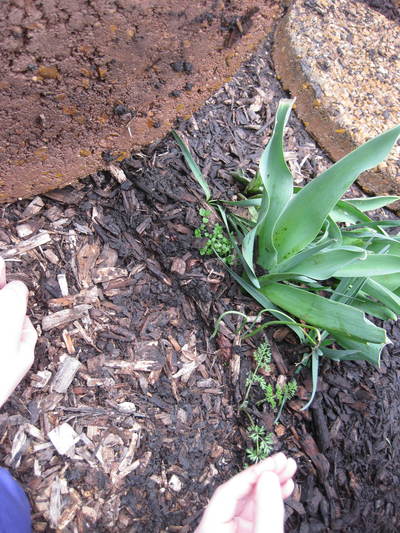
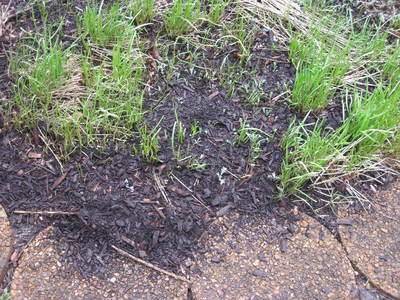
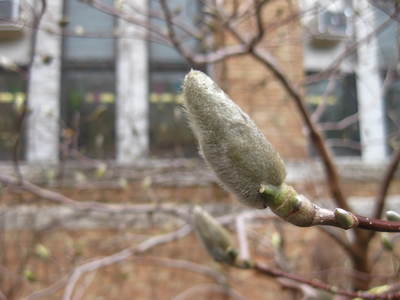
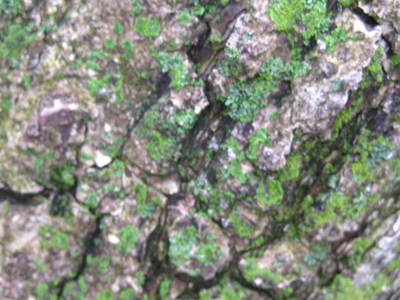
 RSS Feed
RSS Feed